Humans didn’t discover the presence of infrared light until well into the 1800s, and it’s taken us significantly longer to begin to crack what this portion of the visible light spectrum means. But there are plenty of species that have a head start of hundreds of thousands of years on us. Creatures all around us have been using their ability to see infrared light as a way to hunt, defend themselves, and navigate the world in ways that we as humans could have never predicted up until the discovery of infrared.

All instances of infrared vision that researchers have definitively discovered are exhibited by cold-blooded species like snakes, amphibians, and insects. In other words, the most alien of our natural predators tend to exhibit vision that falls on the infrared spectrum. But there are some signs that more common mammals might be able to detect the infrared spectrum. Our list will include creatures that definitively use the infrared spectrum to see as well as those that are suspected to only use the infrared spectrum. One can even peer into both the infrared and ultraviolet spectrums. No matter what the case, this unique sense of vision serves a critical role in the continued survival of these species.
#8. Bullfrog – Eyes for Any Situation
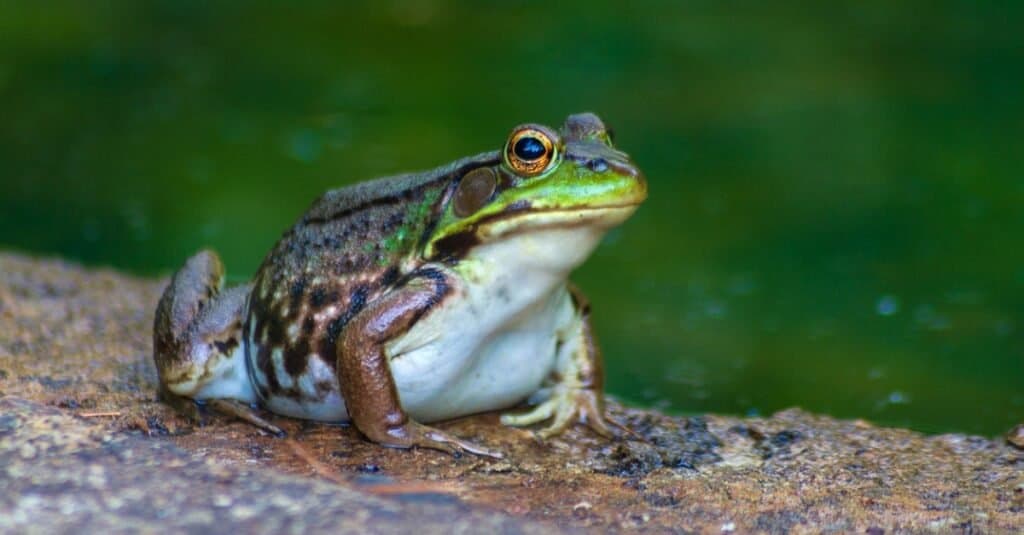
©iStock.com/Corey T. Burns
Bullfrogs’ eyes adapt to analyze either visible light or infrared light in the same way that salmon do — using an enzyme that converts Vitamin A1 into A2. And while the bullfrog converts primarily to A1 pigments as it grows out of its tadpole form into an adult, it maintains the ability to see infrared out of the lower portion of its eye while seeing visible light from the top. To maximize their potential for prey, bullfrogs often sit half emerged, patiently looking for flies above the water while using their infrared vision beneath the surface to scan for potential predators.
If all you know about the bullfrog is its trademark croaking noise, you can catch up on your missing knowledge about this fascinating amphibian here.
#7. Wolf — Smelling Heat
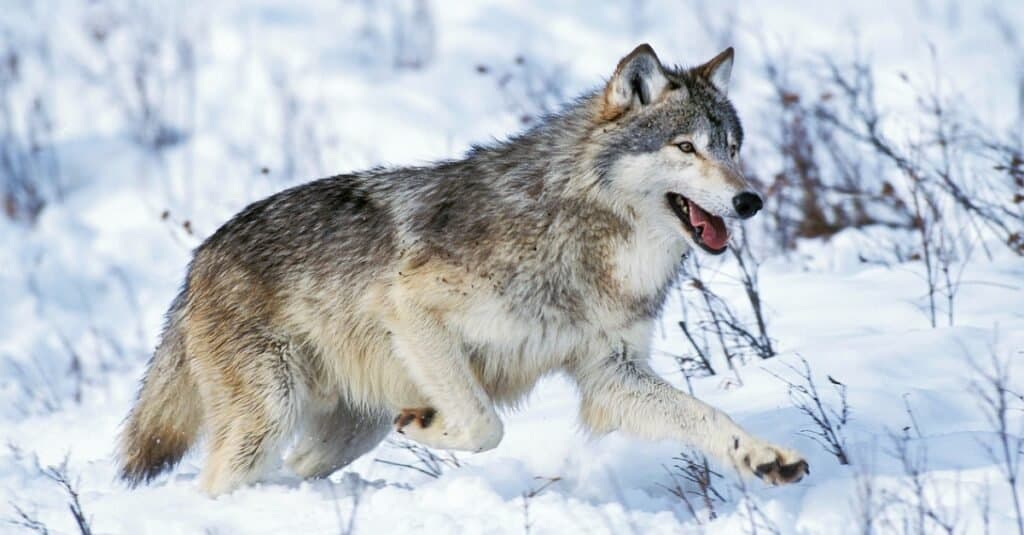
©iStock.com/slowmotiongli
While the verdict may be out on whether foxes can see infrared, there’s significant evidence that wolves and other related canines are capable of sensing this spectrum in their own unique manner. In fact, the recent discovery that wolves and dogs can actually smell heat with their nose is causing us to rethink our understanding of the infrared spectrum and its relationship to mammals. While dogs have been trained to rely primarily on other senses, it’s believed that they can be trained to better sense heat and that wolves still use this sensory feat out in the wild. If true, the same capabilities could be possessed by coyotes.
Wolves are apex predators even without the ability to smell heat, and there’s more information on their complex social habits here.
#6. Vampire Bat — warm-blooded hunter
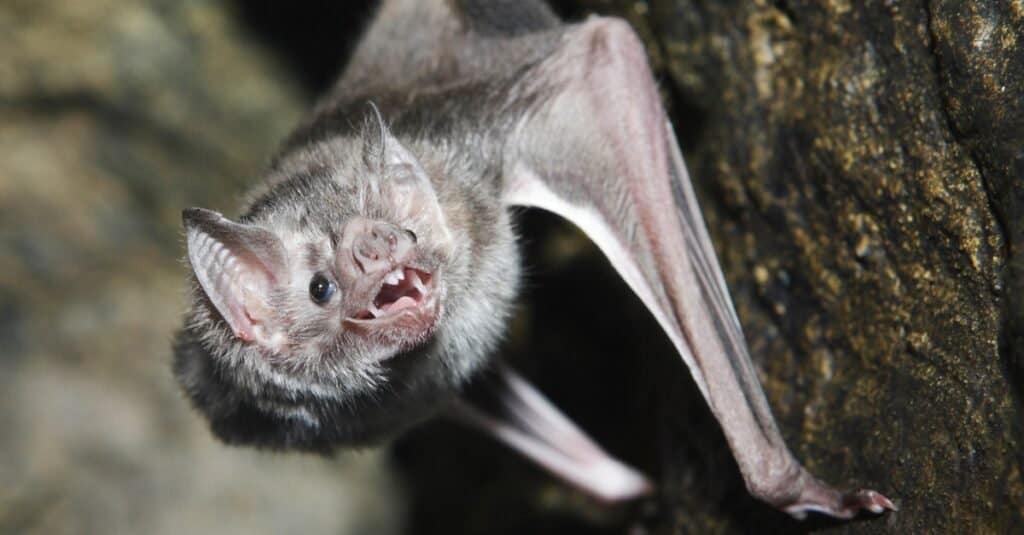
©Michael Lynch/Shutterstock.com
Speaking of bloodsuckers, the vampire bat is another warm-blooded hunter of prey that benefits from its intimate relationship with the infrared spectrum. The sense organ that vampire bats use is similar to the pit sensors employed by vipers. But the form used by the vampire bat is actually more sophisticated, as it can detect the threshold for dangerous heat when the temperature clears 109 degrees Fahrenheit and also detect the threshold for warm-blooded prey which happens at temperatures of 86 degrees.
The name vampire bat may evoke thoughts of Gothic monsters, but you can find the real truth about these nocturnal predators here.
#5. Mosquito — Heat-Seeking Bloodsuckers

©iStock.com/nechaev-kon
Drinking blood is a pretty common form of sustenance in the animal kingdom, but the majority of animals that slurp on plasma track down their play by smelling the carbon dioxide that our bodies give off. And while mosquitoes do use the smell of that chemical to identify prey from a distance, their infrared vision allows them to get in close enough that they can visually identify a target. That gives mosquitoes three distinct senses to use for hunting, although they could rely on just one or any combination of the three depending on the circumstances.
#4. Fox — Potentially Able to Deceive Technology
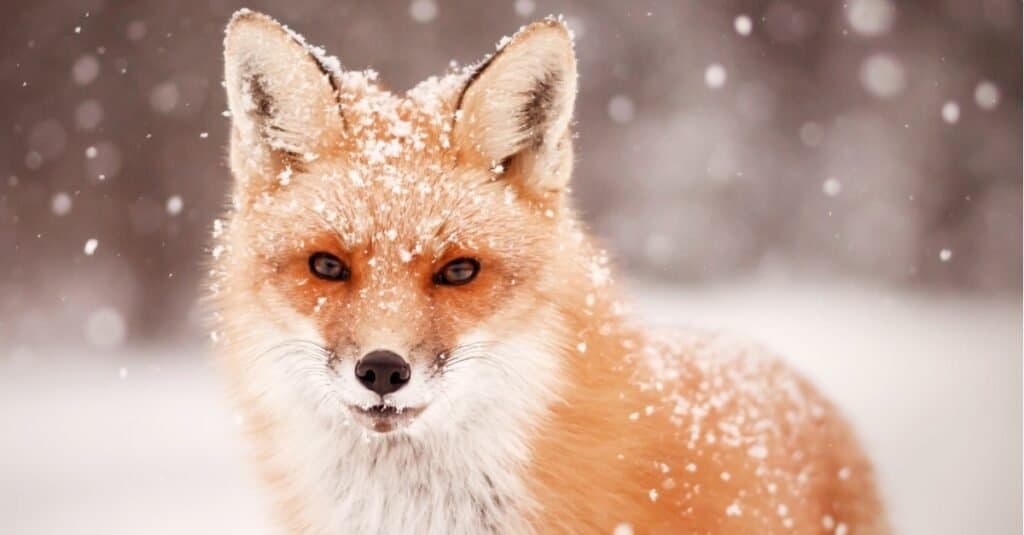
©iStock.com/The_Near_North
While the only creatures that have been definitively proven to see infrared light are cold-blooded, there are some exciting signs that suggest that foxes — and perhaps other nocturnal mammals like coyotes as well — can read light that appears on the infrared spectrum. But anecdotal evidence is that foxes and other animals are able to detect and actively avoid hunting cameras that make use of IR technology to spot animals at night. Unfortunately, the task of isolating IR as a variable in research is difficult, and so the question still remains up in the air as to whether foxes, coyotes, and other mammals can actually sense IR.
Even if they can’t see IR, foxes have plenty of clever tricks that you can learn about here.
#3. Goldfish — A Truly Unique View on Life
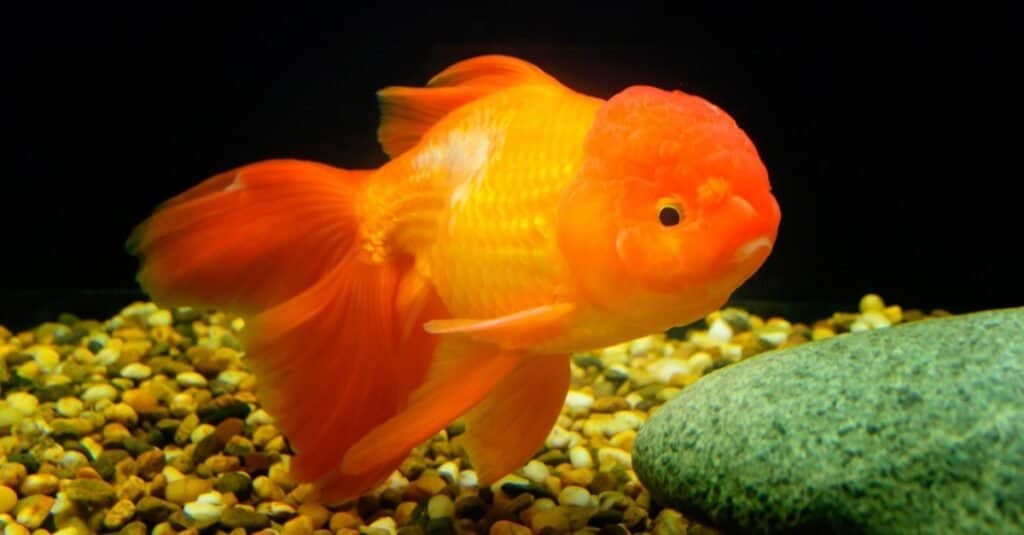
©iStock.com/Foto_by_M
It’s common for fish to be able to see deeper into the red spectrum than humans simply because it’s such an essential attribute for survival underwater — but no fish yet discovered has the unique sensory range of the goldfish. Their field of vision extends from the infrared spectrum all the way into the ultraviolet spectrum. Infrared light is measured as longer wavelengths than visible light, while ultraviolet light is measured as shorter than visible light wavelengths. Through the use of four colored cones in its eye, the goldfish can better see and properly measure not just food and threats in visible light but also based on their reflections in the water.
The goldfish is also a popular choice for adoption as a pet fish, and you can discover habits for caring for them here.
#2. Pit Viper — Sensing Without Seeing
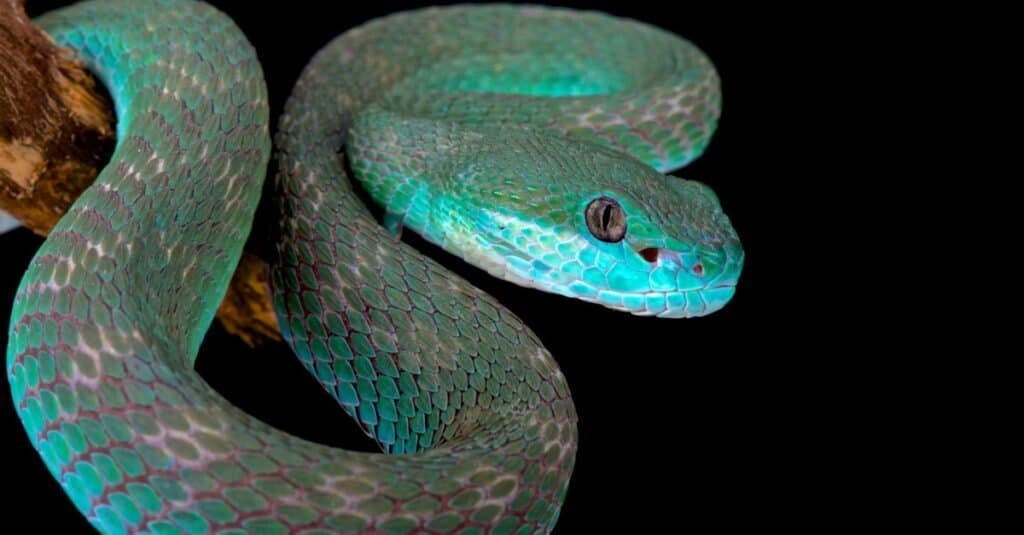
©iStock.com/reptiles4all
While the pit viper is capable of sensing light on the infrared spectrum, it’s not exactly what we as humans would identify as sight in the traditional sense. Instead, they make use of “pit sensors” that are located along their jaws and can register changes in the heat spectrum. The nerve cells that make up these organs detect the heat on a molecular level and then warm up the pit sensor, triggering an electrical signal that tells the viper’s brain to respond. But rather than use this sense as an alternative to traditional vision, it’s believed that the pit viper combines conventional eyesight with these pit sensors for a more comprehensive sense of situational awareness.
#1. Salmon — Adapting Vision to Circumstances
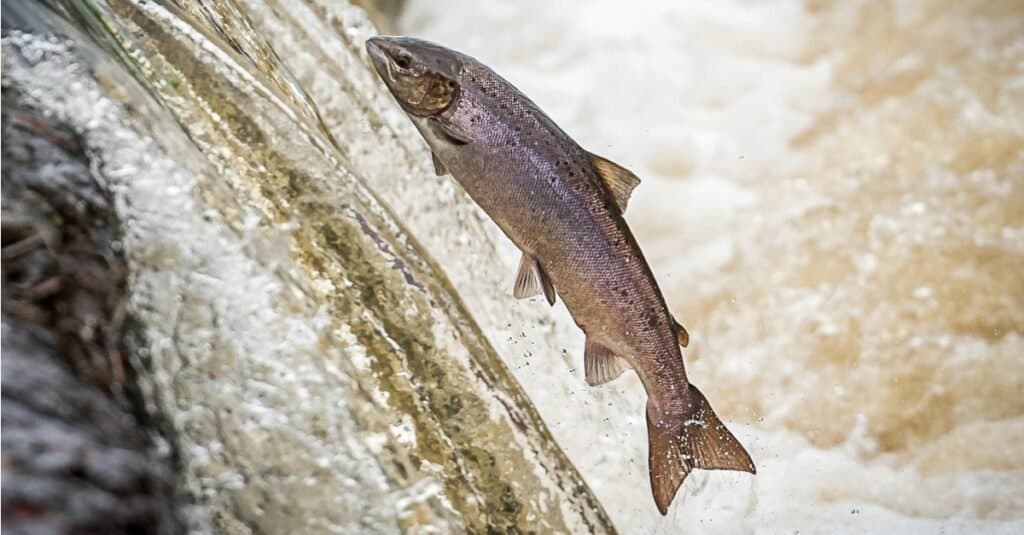
.
©iStock.com/PerfectStills
Salmon are notorious for the epic mating migrations that often carry them from one side of the world to the other — but in addition to undergoing some rather elaborate mating rituals, the way their eyes work actually changes on the course of their journey. The biochemical reaction happens in their eyes as they transition from fresh- to saltwater environments since the infrared and near-red spectrum makes it easier to navigate in the brinier and often darker waters of the ocean. It’s a transition that comes down to a very simple chemical process — transforming vitamin A1 to vitamin A2 using an enzyme that the salmon’s body naturally produces.
Salmon is more than just a delicious main course, and you can dig deeper into these common fish here.
What Does Infrared Vision Look Like?
While you may have seen a movie or picture depicting infrared vision, we don’t actually know what it looks like. Both infrared and ultraviolet are colors that humans cannot detect without special equipment. Any movie or picture that pretends to show these colors is just that – pretend. Since we can’t see them, they are left to the imagination to decide what they look like.
Summary of the Top 8 Animals That Can See Infrared
| Rank | How Detected | Species |
|---|---|---|
| 1. | An enzyme changes their eyes | Salmon |
| 2. | Feel heat through pit sensors | Pit Vipers |
| 3. | Can see both infrared and ultraviolet | Gold Fish |
| 4. | unknown | Fox |
| 5. | See in infrared | Mosquito |
| 6. | Pit sensors | Vampire Bat |
| 7. | Can smell heat | Wolves |
| 8 | An enzyme changes their eyes | Bullfrogs |
The photo featured at the top of this post is © dien/Shutterstock.com
Thank you for reading! Have some feedback for us? Contact the AZ Animals editorial team.






